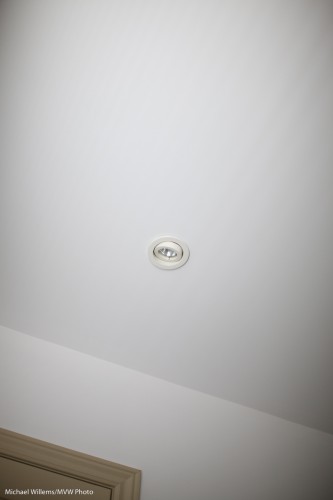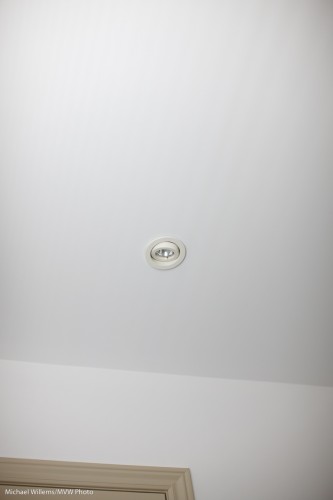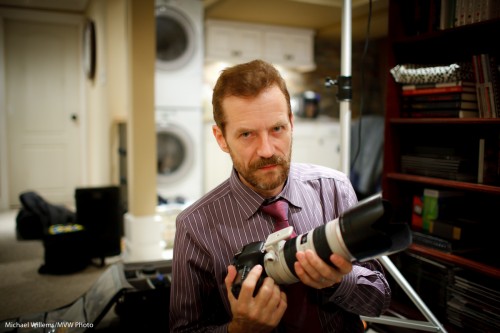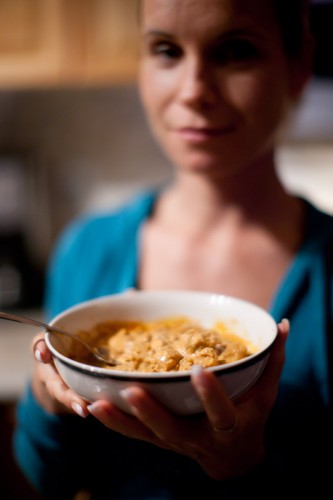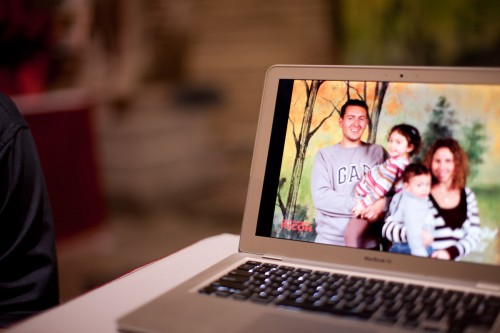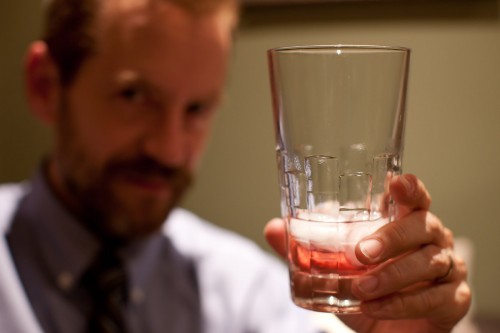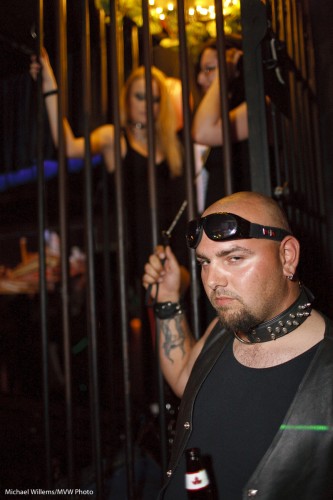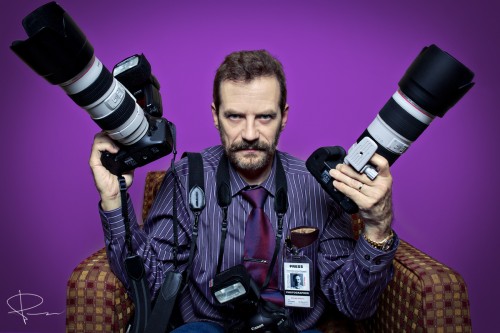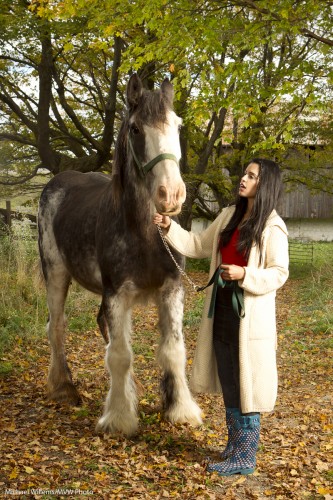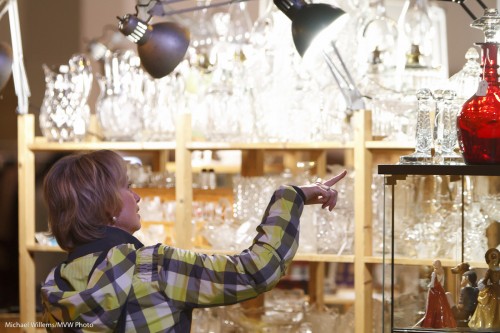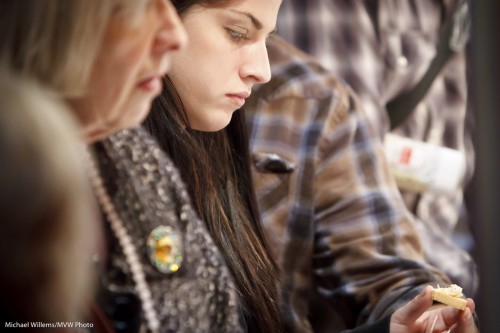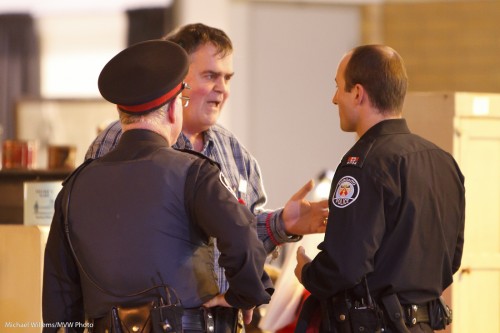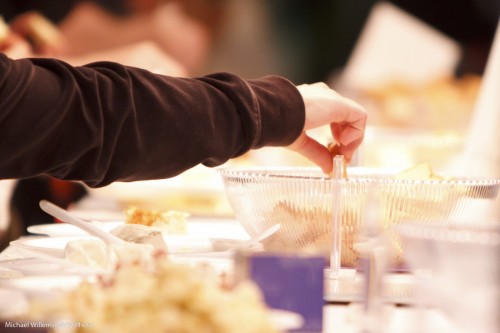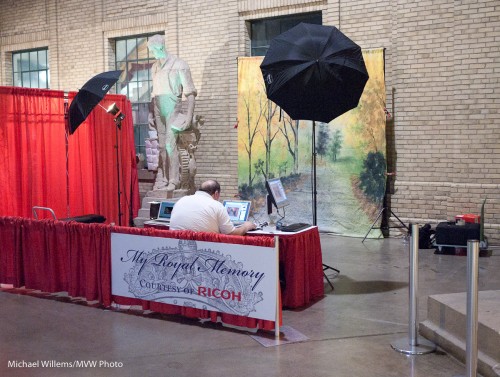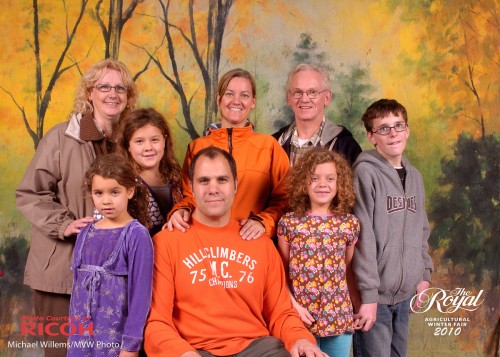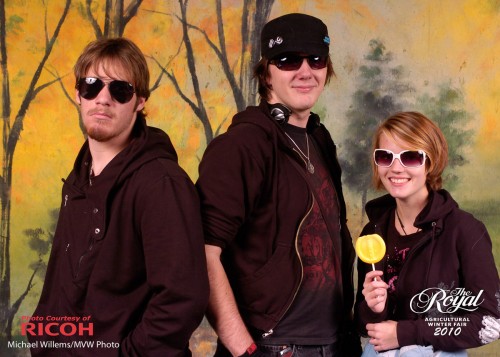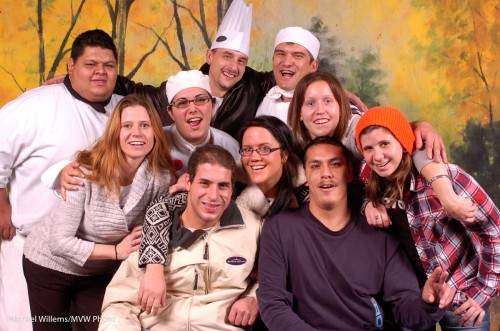A reader asks this, and I thought I would make this today’s post:
I read your wonderful blog everyday, and I learned many thing about flash photography.
I am 53 y. old and I ‘d like to get a 1D camera once in my life. I am debating if I need to change my camera, a canon 50D, with the new 1D Mk IV.
I am not a pro; I own many crop lenses ( 17-55mm f2.8 is – 15-85mm is – 10-22mm 60mm macro).
My other camera is a full frame 5D old with 17-40mm, 70-200mm f4 is, 24-105mm f4 is, plus 2 canon flash 430 and 580 II. I am selling some stuff and I have now 2200€= than I could sell all my crop material and finally buy my dream with some more new lens.
What I am asking, in your opinion ..WORTH IT ? or is better to sell the old 5D and buy a less expensive new 5D mk II…?
Thank you!
Regards from Italy – Adalberto
Adalberto: great question.
Always great to hear from Italy: I lived in Rome for about a year in the 1980s, e mi manca l’Italia – tanto. La cucina Italiana; Roma; le donne; il vino; le macchine; mi mancano queste cose.
Anyway, back to cameras. This is a question we all wrestle with: Do we buy a better camera, or spend our money on lenses and so on? Which camera? I have a 1Ds Mark III, a 1D Mk IV, and a 7D, and I used to own a 5D, so I can probably say some sensible things about this choice.
First, there is the choice “crop or not crop”? A crop camera is a camera with a smaller sensor. Crop is cheaper, and can use cheaper lenses; but “full frame” (like a 5D or 1Ds) or “almost full frame” (like a 1D, which has a 1.3 crop) is better than the usual 1.6 (or for Nikon, 1.5) crop:
- Wide angle is wider!
- Lower noise, so easier to use at high ISO values.
- Narrower depth of field (“Blurrier backgrounds”).
- Bigger, brighter viewfinder.
So yes, full frame or near full frame is better.
Then there is the choice of body type: an amateur body (50D), a lower-end pro body (5D), or a pro body (1Dx)? A pro body does not take better pictures. But it is more waterproof; it has more settings; it can write to two memory cards at once; it will last 300,000 shutter releases instead of 150,000 shutter releases: all great things.
In your case, I would ask:
- Do I need a full frame or near full frame body?
- Do I need a pro 1-series body?
As for question one: yes, if I were you, I would go all full (or almost full) frame, and sell your crop lenses, if I had that budget. Sell the crop lenses, would be my advice, and sell the 50D while it has value.
As for question two:
- a 5D MkII is a great camera.
- A 1D Mk IV, an “almost full frame” camera, is great also.
- A 1Ds is greater still, being full frame, but it is getting old and will be replaced soon by a 1Ds Mk IV.
In general,
Lenses are more important than the camera
…so perhaps a 5D and some f/2.8 lenses, and maybe a prime or two, would be a good way to go?
On the other hand.. I know the excitement that a really great body gives. If you really want a 1-body, get one. A 1D Mark IV.
Ask yourself:
- Do I shoot sports a lot?
- Do I shoot in bad weather, like rain?
- Do I need fast performance?
- Do I take a lot of pictures?
- Do I shoot ultra-important things like weddings?
- Do I charge for my work, so I need to look the part?
If you answer “yes” to even a few of those, get a 1D and a 50mm f/1.4 lens. If not, you can get a 5D Mark II and some more lenses. That is my advice.
But you cannot go wrong: all the equipment and cameras you are looking for are great. So whatever you do, you will do well. And DO get a 50mm f/1.4 lens, or even the 50mm f/1.8!

